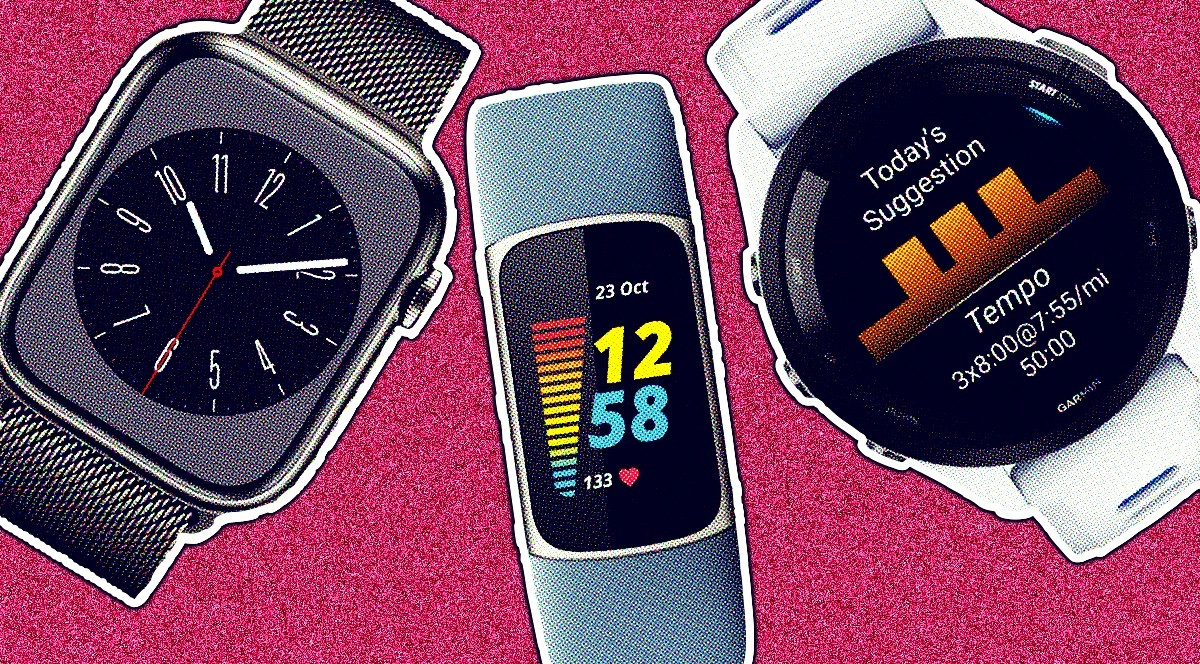
The best fitness tracker for you will depend on your individual needs, and you'll want to consider your budget, goals, preferred features, and desired style before choosing.
However, with so many choices now available to pick from, it can be difficult to find the tracker that will help push you toward your fitness goals.
It's why we've created a complete guide to the top fitness watches and wearables we've tested, as part of our in-depth and independent reviews.
There are options to suit all levels of activity. Some are masters at tracking your steps and calorie burn, while others focus on recovery or monitoring your health.
Below, you'll find individual breakdowns of some of the top options available - like the Fitbit Charge 5, Apple Watch Series 8, and Garmin Forerunner 265 - as well as advice on how to pick the right one.
Summary: The best fitness trackers
We'll feature the leading fitness trackers in more detail below, but here's a quick look at some of the best options we've tested:
- Fitbit Charge 5
The flagship Fitbit wristband tracks all the basics - steps, heart rate, sleep - and plenty more. It includes a built-in GPS to allow users to track their outdoor workouts without the help of their smartphone, with workouts easily viewable through the crisp AMOLED display.
- Apple Watch Series 8
Apple's latest smartwatch offers all the excellent features you would expect from a top fitness tracker and is a great choice for intermediate users – and features top mestrural cycle tracking. It's also one of the most stylish and versatile trackers available, allowing users to make calls from the wrist, stream music, monitor their health, and download apps.
- Garmin Forerunner 265
A great choice for those who love tracking outdoor workouts, Garmin's latest Forerunner focuses on advanced training features to help users reach their fitness and performance goals. It also excels in battery life, with the AMOLED display adding some style to this more serious fitness tracker.
SQUIRREL_PLAYLIST_1438
How to choose the right fitness tracker
In order to pick the best device for your needs, you'll need to know what to consider. Here are our top tips.
- Consider your fitness goals
If you don't have a clear fitness objective, it can be easy to pick a device that's overqualified or underqualified for the job. Think about what you actually want to track - is it steps, heart rate, and sleep?
Or, alternatively, are you more interested in outdoor exercise and therefore need something with GPS and advanced training features? It all depends on what your end goal is.
- Know your budget
Fitness trackers from established brands can range anywhere from $50 to over $400.
Given how wide the gap is between many trackers, figure out how much you're willing to spend before you begin really diving into all the details.
- Compare features
Once you know your goal and budget, it's time to look at which trackers are suited to your goals from a features perspective.
As we've already alluded to, the specialties of fitness trackers differ greatly between each option. Plenty target beginners by offering the basics, others feature in-depth workout tracking and there are even some with an additional focus on health tracking.
Think about the features you're interested in and go from there.
- Discover what style you prefer
Fitness trackers come in all shapes and sizes, and you'll want to pick something you'll feel comfortable wearing at all times.
In our list of top trackers below, we've highlighted smartwatches, fitness wristbands, smart rings, and even one that can be worn inside a sleeve.
It's not all about features, basically. Find something you love the look of that will suit your activity goals.
Fitbit Charge 5
Wareable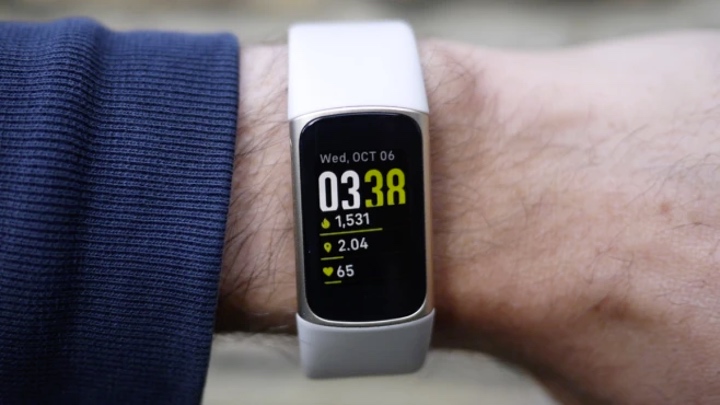
squirrel_12862605
Key features
- Small but vibrant color touchscreen
- Built-in GPS to track your outdoor workouts without your phone
- Typically lasts around a week on a single charge
- Can be worn in the shower and in water depths equivalent to 50m
- Can track steps, heart rate, and calorie burn, and offers health features
The Fitbit Charge 5 ups the ante over its predecessors and the rest of Fitbit's wristband trackers, featuring an aluminum case and AMOLED display that make it the best-looking Charge to date.
It's packed with enough tracking sensors – including GPS and ECG – to make it essentially act as a miniature health watch, though it's also true that the feature set and design won't be to everyone's liking.
What we like
- Calorie burn, heart rate, and step tracking data largely proved accurate in our review tests
- Superb display that's easy to view during workouts and all-day wear
- Can take ECG readings and offer solid stress analysis via the EDA sensor - both of which are rare for a device at this price point and in this form factor
- Daily Readiness is assessed from your own personal baselines and feels true-to-body
- Really comfortable to wear during workouts and sleep tracking, which is also very accurate compared to other trackers on this list
What we don't like
- The GPS accuracy proved unreliable in the test we conducted as part of our full review, meaning it's not necessarily recommended for those who would rely on it for outdoor activity
- A Fitbit Premium subscription is required to access all features, such as Daily Readiness
- The form factor may not be for everyone - some with smaller wrists may find it to be too large, and we don't necessarily rate it as unisex
- Most core fitness features are available in cheaper Fitbit devices, such as the Fitbit Inspire 3
- Raise-to-wake and the touch display are both slow to respond to prompts
Verdict
The Charge 5 takes the best features on offer from the Fitbit ecosystem and places them in a relatively affordable tracker. It's not the most accurate or versatile tracker of workouts on this list, but it does offer the most complete health tracking experience available in the wristband form factor.
- Read our full Fitbit Charge 5 review
Apple Watch Series 8
Wareable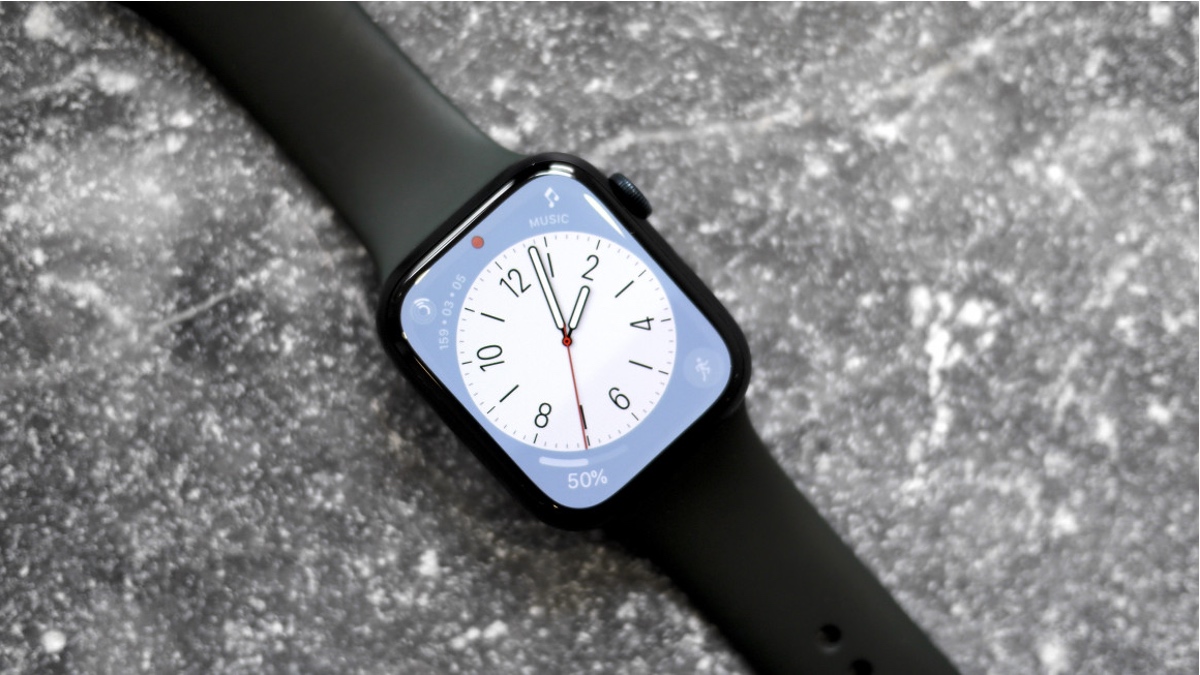
squirrel_12863266
Key features
- Tracking all-rounder that covers serious health monitoring, workouts, and fitness basics
- Can be picked up in two sizes, with tons of different case finishes and bands available
- Edge-to-edge, always-on display that looks and feels very premium
- Only works with iPhone - not Android
- The battery will last under two full days in most scenarios
The Apple Watch Series 8 is one of the most complete wearables on the market, giving beginner, intermediate and advanced trackers all something to dive into and enjoy.
The fitness tracking experience still centers around the three Activity Rings - and closing them - but the experience has also grown in recent years to include deeper workout tracking insights, more activity profiles, and integrations with popular platforms like Strava.
What we like
- Heart rate monitoring during a range of activities is outstanding, with the accuracy comparing very well to other top wrist-based options and chest straps in our tests
- Apple's Activity Rings still act as the best motivator on any tracker, giving users a digestible view of their current day of exercise, calorie burn, and standing hours
- Apple continues to improve insights for runners, swimmers, and cyclists
- Offers a rich array of fitness tracking apps to use for workouts other than Apple's own
- The design and band options ensure it's very comfortable for 24/7 wear and can be worn in the shower or swimming pool without worry
- Health and safety tracking features are unparalleled, with skin temperature, heart rate variability, resting heart rate, ECGs, Fall Detection, Crash Detection, and plenty more available
What we don't like
- Android users can't consider the Series 8 (or any Apple tracker) as it will only sync with an iPhone
- The battery life is nowhere near other trackers we've tested on this list, though the trade-off is a rich on-watch experience and that superb display
- The fitness tracking leans more toward the beginner end of the scale, which means experienced trackers focused on running, cycling or swimming will be better served with a more dedicated tracker
- The display and case (as with most smartwatches) are both prone to scratches and scrapes - especially if your workouts include equipment
Verdict
The Series 8 is the dependable and rounded middle child in Apple's range, though the fitness tracking experience is given more of a hardcore, outdoor emphasis in the Apple Watch Ultra, and almost all of the core fitness features are available in the cheaper Apple Watch SE.
- Read our full Apple Watch Series 8 review
Garmin Forerunner 265
Wareable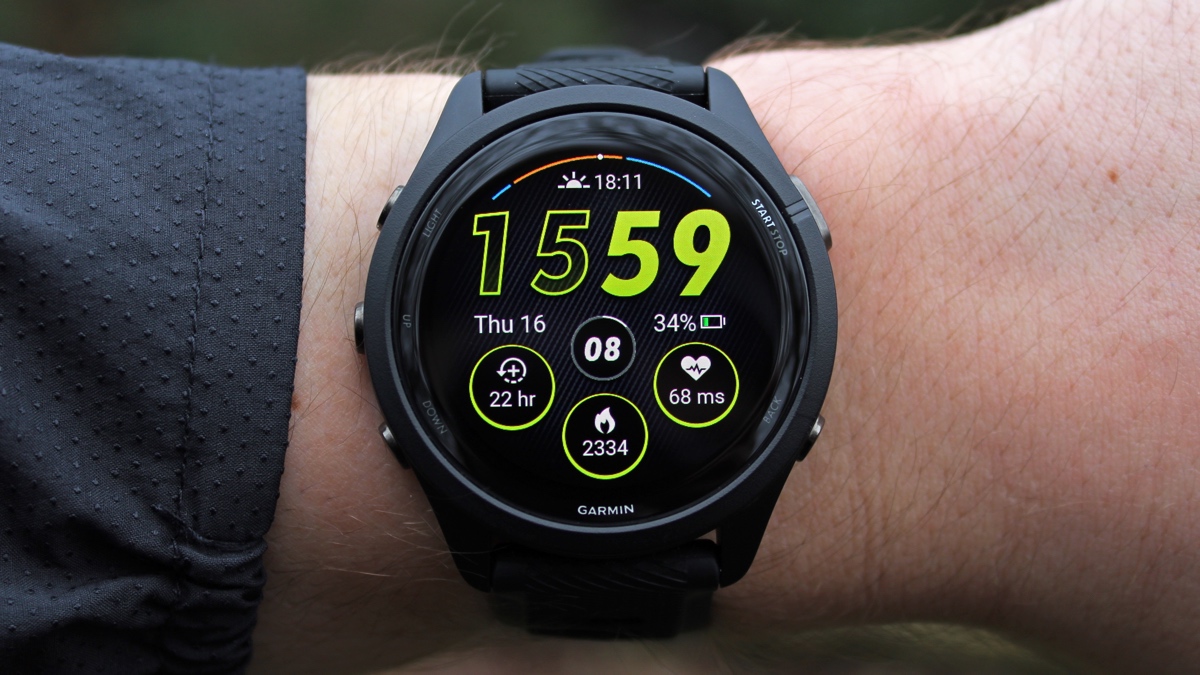
Key features
- Offers advanced insights into running, cycling, and swimming workouts
- Can last around 4-5 days with always-on display and 10-15 days with it turned off
- Available in a couple of different case sizes and well suited to all wrist types
- Bright touchscreen display that's easy to view during outdoor workouts
- Gold-standard GPS to log workout distances and location
The Forerunner 265 sits in the middle of Garmin's expansive range, giving you the best of daily activity monitoring, workout tracking, and recovery insights for a relatively reasonable price.
The latest version brings offline music support as standard, as well as the gorgeous AMOLED display that makes the on-watch experience feel much more premium than predecessors.
What we like
- The display is hugely improved from the Forerunner 255 and makes workouts easier to digest
- The new user interface is much quicker and makes viewing data and graphs much more pleasant
- Workout data accuracy is impeccable and ideal for those who want next-level insights into running, cycling, or swimming sessions
- Battery life is ahead of the competition and is very versatile, giving you the option to max out the display or strip things back and gain a bit more longevity
- On the watch and in the Garmin Connect app, there's a rich central hub of information that provides details on your readiness to train, cumulative load, sleep performance, health metrics, and much more
What we don't like
- Doesn't offer the same breadth of advanced health insights as other fitness trackers, missing out on features such as ECG readings and skin temperature trends
- A lot of the same fitness tracking features are available on cheaper Garmin devices, meaning you're mostly paying for the premium design
- Since a lot of the insights and data are geared toward training, it isn't the best option for those who don't run, cycle, or swim
Verdict
The Forerunner 265 is a fitness-tracking powerhouse that looks superb on the wrist, can last multiple days on a single charge, and elevate your training to the next level. It's not the best fit for beginners, but intermediate and advanced exercisers have plenty to dive into here.
- Read our in-depth Garmin Forerunner 265 review
Samsung Galaxy Watch 5
Wareable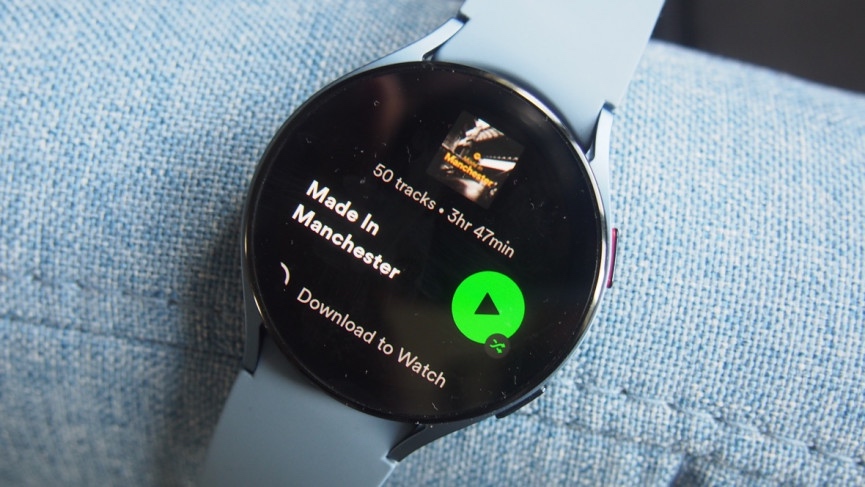
squirrel_12862570
Key features
- Comes in two case sizes and a more expensive 'Pro' version is also available
- Only works with Android phones - not iPhone
- Bright and punchy display
- The Google Play app store is full of great third-party options
- The battery will typically last less than two days before needing to be recharged
Samsung's latest generation doesn't change the formula too much from the Galaxy Watch 4 series, but this smartwatch can still deliver an excellent fitness tracking experience.
Comfortable to wear around the clock, packed with tracking features, and available in a style that can suit most wrist types, it's an all-rounder that's a must-consider for those with an Android phone.
What we like
- The accuracy of sleep insights, heart rate monitoring, and GPS location tracking all compare very well to rival fitness trackers
- We found it very comfortable to wear during workouts - including those in the water - and also sleep tracking
- With multiple versions available, there's likely to be a good fit on the wrist for most people
- Wear OS is a greatly improved software platform and Google Play Store offers a number of very good fitness and workout tracking apps, such as those from Runkeeper and Strava
What we don't like
- Workout tracking insights and accuracy are somewhat lacking, which means it's not necessarily the best fit for advanced exercisers
- The battery life and design are largely unchanged from the previous generation, though more of a change is present in the Galaxy Watch 5 Pro model
- Some health tracking features will only be available if you have a Samsung smartphone, such as blood pressure monitoring
- It can only be paired to Android phones, which means iPhone users can't consider it
Verdict
The Galaxy Watch 5 currently offers the best fitness tracking experience in a smartwatch - well, for Android users. Like all smartwatches, battery life suffers due to the rich software and display, but the breadth of tracking features and solid accuracy mean this is a good option to consider.
- Read our full Samsung Galaxy Watch 5 review
Withings ScanWatch
Wareable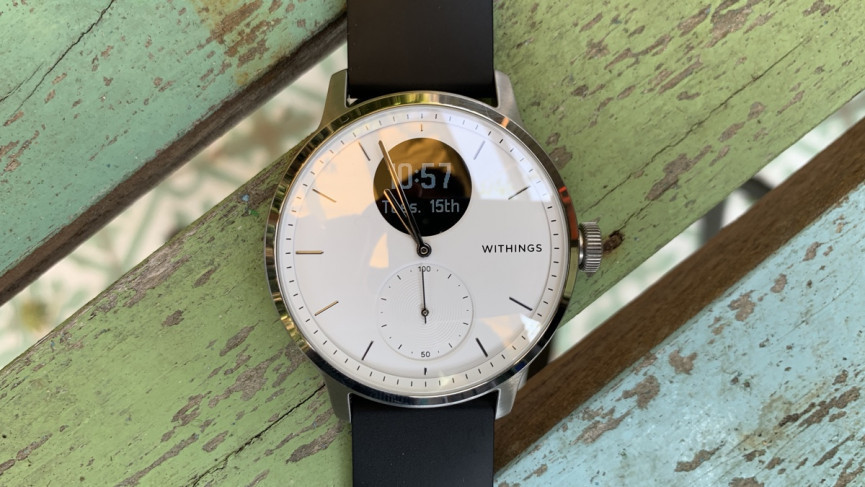
squirrel_12862614
Key features
- Can automatically detect workouts
- Lasts for around a month before needing to be recharged
- Features physical watch hands with a very small OLED display
- Has a thin, lightweight, and small case
- Will track basics like steps, calorie burn, and sleep
We've previously resisted putting the ScanWatch on our best list, with the lack of FDA approval meaning it was been prohibited from going on sale in the US. But that's now changed.
Available in 38mm and 42mm size options, the ScanWatch is built with premium stainless steel with a small display at the top of the watch face to show off your tracking stats notifications, and heart rate data.
What we like
- Can track outdoor activities like running, offers VO2 Max estimations, and automatically recognizes activities - all of which we found pretty reliable in our testing
- There's an ECG sensor that can scan for heart arrhythmia, as well as low or high heart rates
- Features a SpO2 sensor to measure blood oxygen levels and can monitor for breathing disturbances during sleep
- Its sleep tracking and heart rate features are some of the best in the business, and the ScanWatch is an amazing example of putting powerful sensors into something discreet and non-techy
- You can get up to 30 days of battery life depending on what features you have enabled
What we don't like
- With no real prompts to move, it's not the best wearable for motivating you to be more active
- There's no built-in GPS, which means you'll need to be connected to your phone in order to receive accurate distance and location tracking
- Withings Health Mate app doesn't really emphasize activity time as much as alternatives like Fitbit or Garmin
Verdict
If you're looking for a traditional-looking that offers some hidden fitness tracking and innovative health features, the ScanWatch should be right up your street.
- Read our in-depth Withings ScanWatch review
Whoop 4.0
Free with $30/£27 subscription | Whoop
Wareable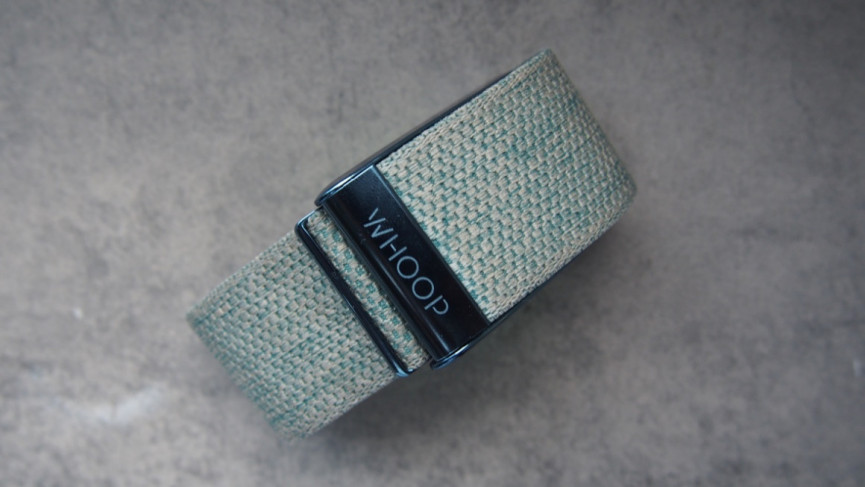
Key features
- The tracker is free but requires a monthly subscription to access data
- Screenless and can be worn on the wrist or bicep, in a sleeve, or in Whoop Body clothing
- Lasts around 4-5 days and can still be worn while charging
- No built-in GPS for location and distance tracking
- Whoop app offers a full suite of health, recovery, and sleep insights
- Also read: Garmin vs Whoop – which is best?
The best fitness tracker for hardcore gym-goers and trainers, the Whoop 4.0 is more than just your average activity band.
It's muted and unobtrusive, and you can wear a watch (or smartwatch) on the other wrist without looking like a nerd. Alternatively, with the bicep band or wear-anywhere sleeve, you don't even have to place it on your wrist.
What we like
- Whoop doesn't track steps and is instead laser-focused on the effects of workouts on your body, how much you've recovered, and the efficiency of your sleep
- Recovery percentages and the Whoop platform largely do a great job of letting you know whether you should be taking on a workout or a nap
- An increasingly good health monitor, with features like blood oxygen saturation readings, resting heart rate, HRV insights, skin temperature, and respiratory rate all proving accurate in our tests
- One of the most versatile wearable designs on the market and is well-suited to gym workouts and a range of outdoor activities
What we don't like
- It costs $239/£229 per year to access the platform, or you can part with $399/£384 for 24 months
- Most data is offered elsewhere for a much cheaper price
- Strain scores and sleep coaching aren't always that intuitive, even if tracking itself is generally very accurate
Verdict
The lofty price makes it a hard tracker to recommend for anyone besides those who are very invested in their fitness and recovery, but the wearability, rock-solid accuracy, and helpful insights ensure it's still a top choice.
- Read our extended Whoop 4.0 review
Oura Ring Gen 3
$299 with $6.99 a month subscription | Oura
Wareable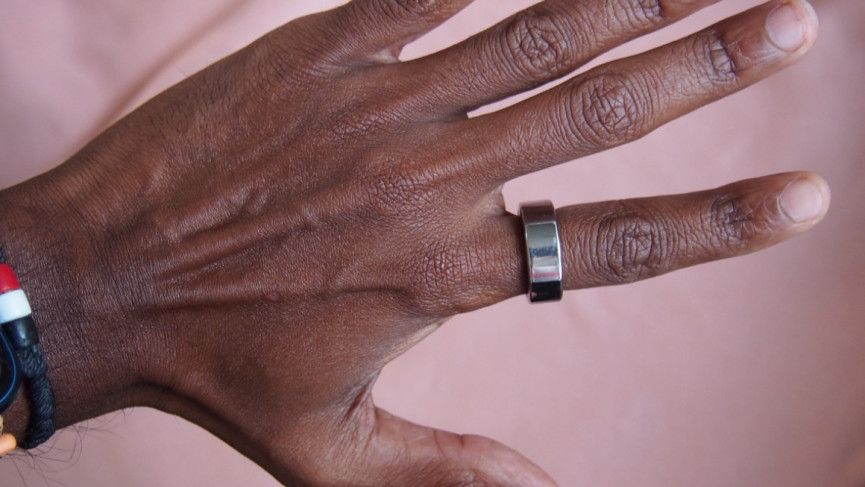
Key features
- Lightweight and available in a range of sizes and finishes
- Requires an ongoing subscription to access all features
- Can be worn in the shower and during swimming
- Focuses on your sleep quality and readiness for activity
- Typically lasts 4-7 days before needing to be recharged
The Oura Ring Gen 3 is a fitness tracker that monitors you from the finger, pulling in insights from sleep and daily tracking and presenting it all in an easy-to-understand app.
It's a smart ring that looks and feels like a normal ring, with a light titanium frame and a waterproof rating that means you only really need to take it off to charge it.
What we like:
- Packs an incredible amount into such a small form factor - and will be ideal for those who don't want to track their health or activity from the wrist
- Very intuitive Readiness and Sleep scores that are coupled with tailored insights to help you understand the real meaning behind all the data
- Heart monitoring, sleep tracking, and health features all proved very accurate when we compared them to rival trackers in our review tests
- New features and insights are being added all the time, such as the March 2023 update to include chronotypes and body clock analysis
What we don't like:
- The design isn't the best fit for all types of activity, such as strength training, and can take a while to get used to if you're not a usual ring-wearer
- It was already quite an expensive option, and now requires a monthly subscription to access all features
- Workout tracking heart rate monitoring isn't as accurate as some wrist-based alternatives, though activities are at least tracked automatically
Verdict
If you're looking for a different style of tracker that monitors sleep reliably and helps you better understand your recovery and daily readiness to take on a tough day, this is one of the best we've tried.
- Read our in-depth Oura Ring Gen 3 review
A word from our expert
James Stables, Wareable editor
"Choosing the right fitness tracker app is just as important as what goes on your wrist. After all, the algorithms that measure and analyze your data are the clever bit – not just the sensors themselves.
"This means that Fitbit trackers and Garmin devices usually offer a better experience with more reliable and interesting insights. However, they cost more than cheap trackers because you're paying for the research and development of the software, as well as the hardware. If you want to make changes to your lifestyle, a compelling app is a great motivator."
How we test
